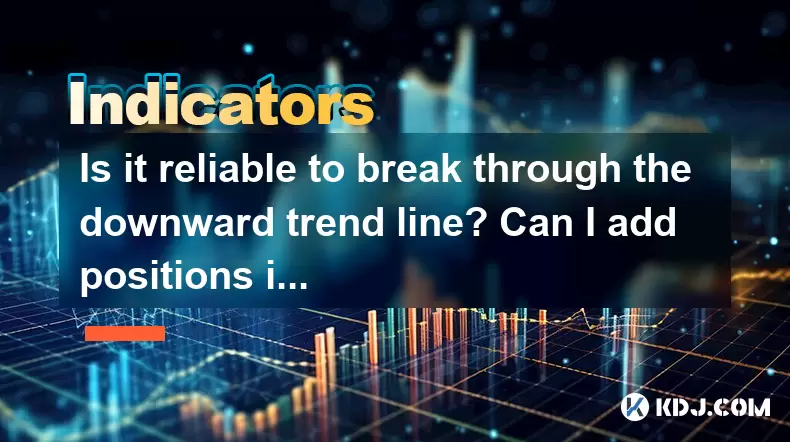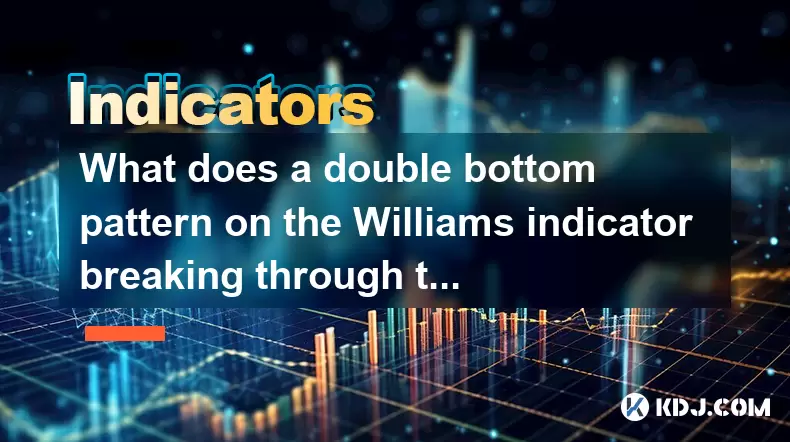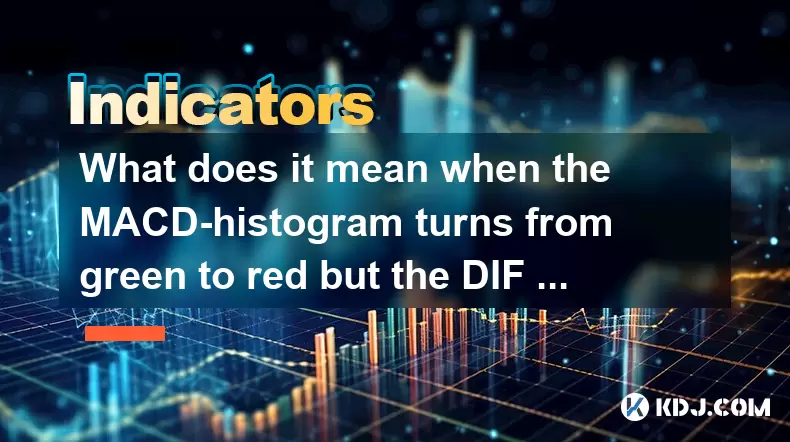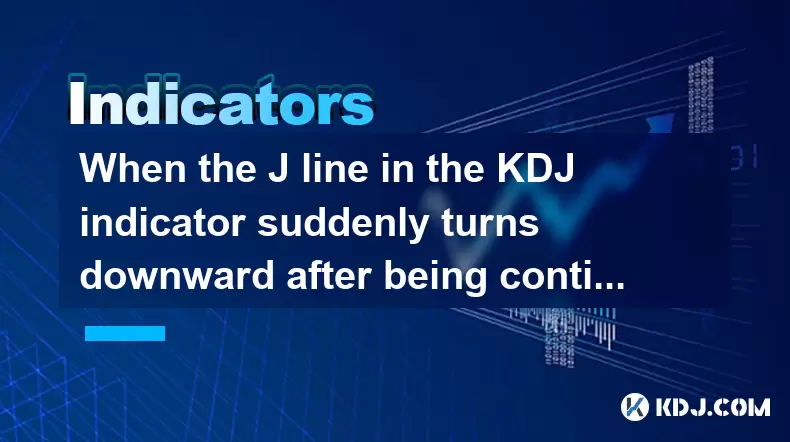-
 Bitcoin
Bitcoin $116400
-0.36% -
 Ethereum
Ethereum $4033
3.40% -
 XRP
XRP $3.302
-1.26% -
 Tether USDt
Tether USDt $1.000
-0.02% -
 BNB
BNB $796.1
1.67% -
 Solana
Solana $177.8
1.89% -
 USDC
USDC $0.9999
0.00% -
 Dogecoin
Dogecoin $0.2314
4.09% -
 TRON
TRON $0.3381
0.14% -
 Cardano
Cardano $0.7989
1.22% -
 Stellar
Stellar $0.4496
-1.84% -
 Chainlink
Chainlink $20.42
9.42% -
 Hyperliquid
Hyperliquid $41.17
0.88% -
 Sui
Sui $3.914
3.77% -
 Bitcoin Cash
Bitcoin Cash $584.7
1.52% -
 Hedera
Hedera $0.2632
-0.54% -
 Avalanche
Avalanche $24.09
3.40% -
 Ethena USDe
Ethena USDe $1.001
-0.02% -
 Litecoin
Litecoin $123.2
1.33% -
 Toncoin
Toncoin $3.318
-0.04% -
 UNUS SED LEO
UNUS SED LEO $8.984
-0.05% -
 Shiba Inu
Shiba Inu $0.00001323
2.85% -
 Uniswap
Uniswap $10.90
4.41% -
 Polkadot
Polkadot $3.999
3.34% -
 Dai
Dai $1.000
0.01% -
 Cronos
Cronos $0.1630
9.64% -
 Bitget Token
Bitget Token $4.484
0.82% -
 Monero
Monero $272.4
2.44% -
 Pepe
Pepe $0.00001173
6.03% -
 Aave
Aave $290.8
2.88%
Is it reliable to break through the downward trend line? Can I add positions if the retracement does not break?
Breaking through a downward trend line can be reliable with high volume and confirmation; add positions on retracement if support holds.
Jun 02, 2025 at 04:42 am

Is it reliable to break through the downward trend line? Can I add positions if the retracement does not break?
When analyzing the reliability of breaking through a downward trend line and considering whether to add positions if the retracement does not break, it's crucial to understand the technical analysis principles and the associated risks. This article delves into these aspects, providing a comprehensive overview for cryptocurrency traders.
Understanding Downward Trend Lines
A downward trend line is a technical analysis tool used to identify the overall direction of a cryptocurrency's price movement. It is drawn by connecting a series of lower highs on a price chart, indicating a bearish market sentiment. Breaking through this line suggests a potential shift in market dynamics, which could signal a bullish reversal.
Reliability of Breaking Through a Downward Trend Line
The reliability of breaking through a downward trend line depends on several factors:
- Volume: A significant increase in trading volume during the breakout can indicate strong buying pressure, making the breakout more reliable.
- Confirmation: A sustained price movement above the trend line, often accompanied by other technical indicators like moving averages or RSI, can confirm the breakout's reliability.
- False Breakouts: False breakouts are common, where the price briefly surpasses the trend line but then falls back below it. These can mislead traders into thinking a reversal has occurred.
Assessing the Breakout
To assess the reliability of a breakout, traders should:
- Monitor the price action after the breakout. If the price continues to rise and stays above the trend line, the breakout is more likely to be genuine.
- Look for additional technical indicators that support the breakout. For instance, if the RSI (Relative Strength Index) moves from an oversold to a neutral or overbought state, it can reinforce the breakout's validity.
- Consider the overall market sentiment. If broader market conditions are bullish, a breakout from a downward trend line is more likely to be reliable.
Adding Positions on Retracement
If the price retraces but does not break the downward trend line, traders might consider adding positions. Here’s how to approach this scenario:
- Identify the Retracement Level: Determine the extent of the retracement. Common retracement levels are 38.2%, 50%, and 61.8%, as per the Fibonacci retracement tool.
- Check Support Levels: Ensure that the retracement does not fall below key support levels, which could indicate a false breakout.
- Evaluate Risk-Reward Ratio: Calculate the potential profit versus the potential loss. If the risk-reward ratio is favorable, adding positions might be justified.
Steps to Add Positions on Retracement
If you decide to add positions during a retracement, follow these detailed steps:
- Analyze the Chart: Use technical analysis tools to confirm that the retracement is within acceptable levels and that the overall trend remains bullish.
- Identify key support levels using trend lines, moving averages, or other indicators.
- Apply Fibonacci retracement to determine if the pullback is within the typical retracement zones.
- Set Entry Points: Decide on specific price levels at which you will add to your position.
- Choose entry points that align with your risk management strategy and the identified support levels.
- Determine Position Size: Calculate the size of the new position based on your overall risk tolerance and the current market conditions.
- Use position sizing formulas to ensure that the new position does not overly expose your portfolio to risk.
- Set Stop-Loss Orders: Place stop-loss orders to limit potential losses if the market moves against your position.
- Set the stop-loss just below the identified support levels or at a level that aligns with your risk management strategy.
- Monitor the Trade: Keep a close eye on the trade after adding positions.
- Watch for any signs of a trend reversal or if the price breaks below the downward trend line, which would invalidate the breakout.
Risks of Adding Positions
Adding positions during a retracement carries inherent risks:
- Increased Exposure: Adding to a position increases your exposure to the asset, which can amplify losses if the market turns against you.
- Market Volatility: Cryptocurrency markets are highly volatile, and a retracement can quickly turn into a full-blown reversal.
- Emotional Trading: The decision to add positions can be influenced by emotions like fear of missing out (FOMO), leading to poor trading decisions.
Technical Indicators to Consider
When considering whether to add positions, several technical indicators can provide additional insights:
- Moving Averages: A golden cross (when a short-term moving average crosses above a long-term moving average) can signal a strong bullish trend.
- RSI: If the RSI is in a bullish range (typically above 50), it can support the decision to add positions during a retracement.
- MACD: A bullish crossover on the MACD (Moving Average Convergence Divergence) can indicate increasing momentum, supporting the decision to add positions.
Case Studies
To illustrate these concepts, consider the following hypothetical case studies:
- Case Study 1: Bitcoin breaks through a downward trend line with high volume and continues to rise above the line for several days. The RSI moves from oversold to overbought, confirming the breakout. During a subsequent retracement to the 50% Fibonacci level, a trader adds positions, setting a stop-loss just below the trend line. The price resumes its upward trend, resulting in a profitable trade.
- Case Study 2: Ethereum breaks through a downward trend line but with low volume. The price briefly rises above the line but quickly falls back below it, indicating a false breakout. A trader who adds positions during a retracement to the 38.2% Fibonacci level faces significant losses as the price continues to decline.
Frequently Asked Questions
Q: How can I differentiate between a genuine breakout and a false breakout?
A: To differentiate between a genuine and a false breakout, look for a sustained price movement above the trend line, increased trading volume, and confirmation from other technical indicators like moving averages or RSI. False breakouts often lack these characteristics and see the price quickly returning below the trend line.
Q: What are the best practices for setting stop-loss orders when adding positions during a retracement?
A: When setting stop-loss orders, place them just below key support levels or at a level that aligns with your risk management strategy. Ensure that the stop-loss is set at a point where it would invalidate the breakout, helping to limit potential losses if the market turns against your position.
Q: How should I manage my emotions when deciding to add positions during a retracement?
A: Managing emotions is crucial in trading. Stick to a pre-defined trading plan and avoid making decisions based on fear of missing out (FOMO) or other emotional responses. Use technical analysis and risk management strategies to guide your decisions rather than letting emotions drive your actions.
Q: Can I use other technical indicators besides trend lines to confirm a breakout?
A: Yes, other technical indicators like moving averages, RSI, and MACD can provide additional confirmation of a breakout. A golden cross on moving averages, a bullish RSI reading, or a bullish crossover on the MACD can all support the validity of a breakout.
Disclaimer:info@kdj.com
The information provided is not trading advice. kdj.com does not assume any responsibility for any investments made based on the information provided in this article. Cryptocurrencies are highly volatile and it is highly recommended that you invest with caution after thorough research!
If you believe that the content used on this website infringes your copyright, please contact us immediately (info@kdj.com) and we will delete it promptly.
- Moat Stocks & Mega-Cap Momentum: July's Standout Performance
- 2025-08-09 12:30:12
- Injective (INJ) Eyes $15.39 Breakout Amidst Explosive Network Growth
- 2025-08-09 12:30:12
- HAT Token Mania: Price Surges, Crypto Auctions, and Meme Coin Mayhem
- 2025-08-09 11:10:11
- Undervalued Cryptos Primed for a 2025 Takeoff: MAGACOIN, TRX, and SUI Lead the Pack
- 2025-08-09 11:10:11
- Bitcoin Goes to Harvard: Ivy League Embraces Digital Assets
- 2025-08-09 10:50:12
- Bitcoin, BlockDAG, and Toncoin: Decoding the Crypto Buzz in NYC
- 2025-08-09 11:30:11
Related knowledge

What does it mean when the Triple Moving Average (TRIX) turns downward but the price doesn't fall?
Aug 09,2025 at 12:42pm
Understanding the Triple Moving Average (TRIX) IndicatorThe Triple Moving Average, commonly known as TRIX, is a momentum oscillator designed to filter...

What does it mean when the Williams' oscillator repeatedly hits bottoms but fails to rebound?
Aug 09,2025 at 09:28am
Understanding the Williams %R OscillatorThe Williams %R oscillator, developed by Larry Williams, is a momentum indicator used in technical analysis to...

What does a double bottom pattern on the Williams indicator breaking through the 50-day midline indicate?
Aug 09,2025 at 10:56am
Understanding the Williams %R IndicatorThe Williams %R indicator, developed by Larry Williams, is a momentum oscillator that measures overbought and o...

What does it mean when the MACD-histogram turns from green to red but the DIF line fails to form a golden cross?
Aug 09,2025 at 10:15am
Understanding the MACD and Its ComponentsThe MACD (Moving Average Convergence Divergence) is a widely used technical analysis tool in the cryptocurren...

When the J line in the KDJ indicator suddenly turns downward after being continuously overbought, does it indicate a top?
Aug 09,2025 at 06:35am
Understanding the KDJ Indicator and Its ComponentsThe KDJ indicator is a momentum oscillator widely used in cryptocurrency technical analysis to ident...

What does it mean when the TRIX indicator suddenly diverges downward after a long period of convergence?
Aug 09,2025 at 12:56am
Understanding the TRIX Indicator in Cryptocurrency TradingThe TRIX indicator, or Triple Exponential Average, is a momentum oscillator used in technica...

What does it mean when the Triple Moving Average (TRIX) turns downward but the price doesn't fall?
Aug 09,2025 at 12:42pm
Understanding the Triple Moving Average (TRIX) IndicatorThe Triple Moving Average, commonly known as TRIX, is a momentum oscillator designed to filter...

What does it mean when the Williams' oscillator repeatedly hits bottoms but fails to rebound?
Aug 09,2025 at 09:28am
Understanding the Williams %R OscillatorThe Williams %R oscillator, developed by Larry Williams, is a momentum indicator used in technical analysis to...

What does a double bottom pattern on the Williams indicator breaking through the 50-day midline indicate?
Aug 09,2025 at 10:56am
Understanding the Williams %R IndicatorThe Williams %R indicator, developed by Larry Williams, is a momentum oscillator that measures overbought and o...

What does it mean when the MACD-histogram turns from green to red but the DIF line fails to form a golden cross?
Aug 09,2025 at 10:15am
Understanding the MACD and Its ComponentsThe MACD (Moving Average Convergence Divergence) is a widely used technical analysis tool in the cryptocurren...

When the J line in the KDJ indicator suddenly turns downward after being continuously overbought, does it indicate a top?
Aug 09,2025 at 06:35am
Understanding the KDJ Indicator and Its ComponentsThe KDJ indicator is a momentum oscillator widely used in cryptocurrency technical analysis to ident...

What does it mean when the TRIX indicator suddenly diverges downward after a long period of convergence?
Aug 09,2025 at 12:56am
Understanding the TRIX Indicator in Cryptocurrency TradingThe TRIX indicator, or Triple Exponential Average, is a momentum oscillator used in technica...
See all articles

























































































